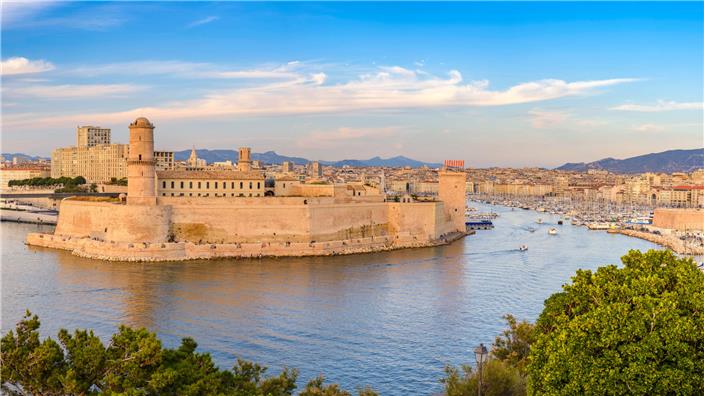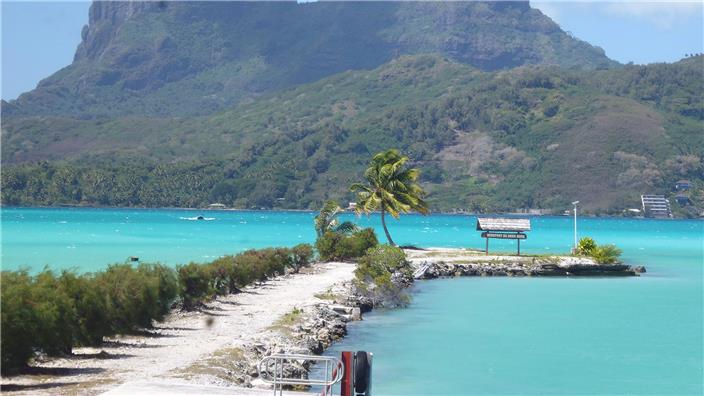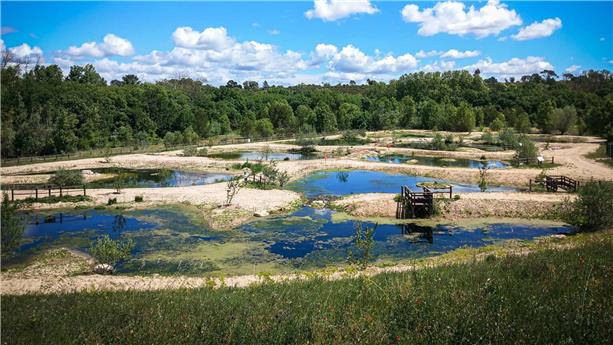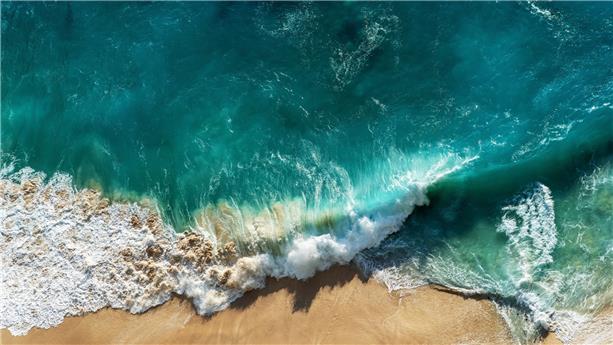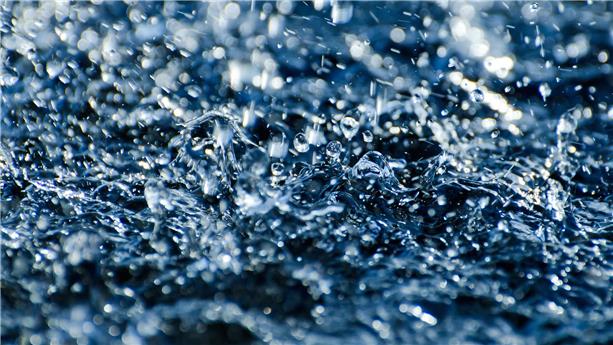
- Limiting the impact of withdrawals and wastewater and collected rainwater discharges
- Recharging groundwater
- Preventing pollution linked to extreme weather events
Form is loading.
If the form does not load after a few seconds, please reload the page (CTRL + F5 or (or Cmd + Shift + R on Mac).
Protecting the resource throughout the water cycle
Collectively protecting the resource, in terms of quality and quantity, has become a priority. This is why we implement a comprehensive approach that takes into account the entire water cycle.
Producing drinking water responsibly
The production of drinking water requires the resources from which raw water is drawn, which will then be treated to become drinkable and distributed to users. We offer solutions that protect water resources by limiting the impact of withdrawals:
- Intelligent management of boreholes equipped with sensors that provide operating data with AQUADVANCED® Well Watch
- Modelling of raw water quality to combat nitrates
- Fight against leaks, often the first cause of waste, by optimising the performance of the networks and thus preserving the resource thanks to AQUADVANCED® Water Networks
- Mobilising alternative resources by giving a second life to wastewater with REUSE
Collecting and treating wastewater and stormwater
Wastewater and collected rainwater are potential sources of pollution for the natural environment where they are discharged. We support the progress of regulatory frameworks by developing advanced technologies to optimise the treatment of this water, and thus avoid any contamination of water resources:
- Optimal decontamination of wastewater and collected rainwater to limit its impact on the natural environment
- Anticipation and management of emergency situations through intelligent systems and maximisation of facility capacities with AQUADVANCED® Urban Drainage
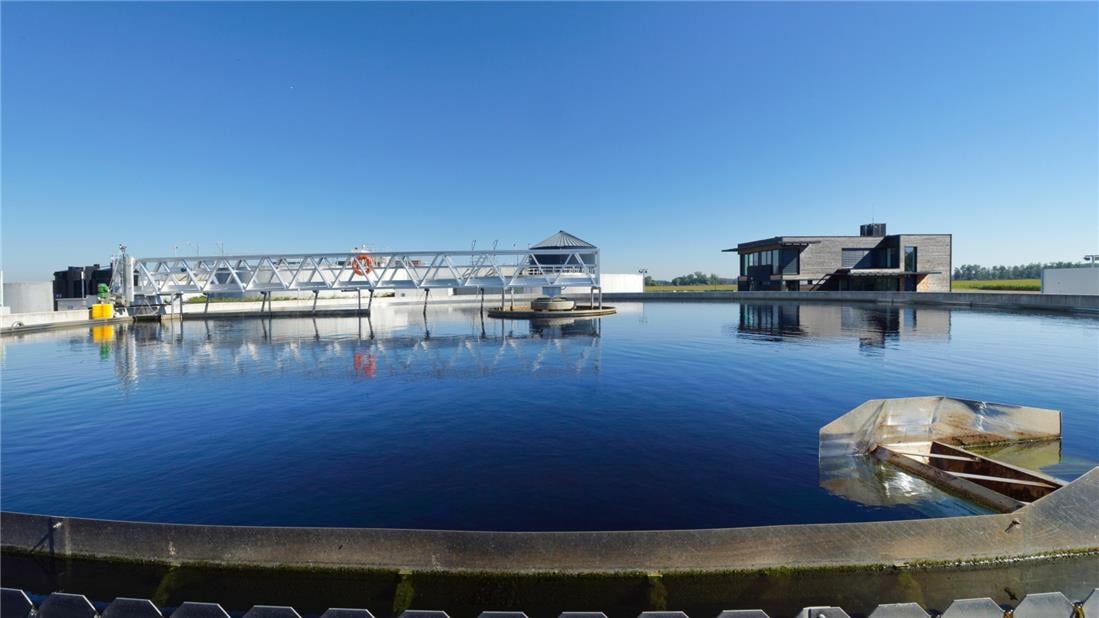
Recharging groundwater
To maintain water resources, the challenge is to monitor the water table, combined with optimal management of withdrawals, including water sobriety. After preliminary study, we offer solutions for recharging aquifers that can use treated wastewater or river water. The system is secured by qualitative and quantitative monitoring, possibly supplemented by treatments.
Our solutions to fight against the drop in water tables:
- Conducting preliminary studies
- Sampling management and groundwater monitoring
- Recharging groundwater: process inspired by the natural water cycle, recharge from treated raw water from another source or recharge from treated wastewater
- Associated treatments
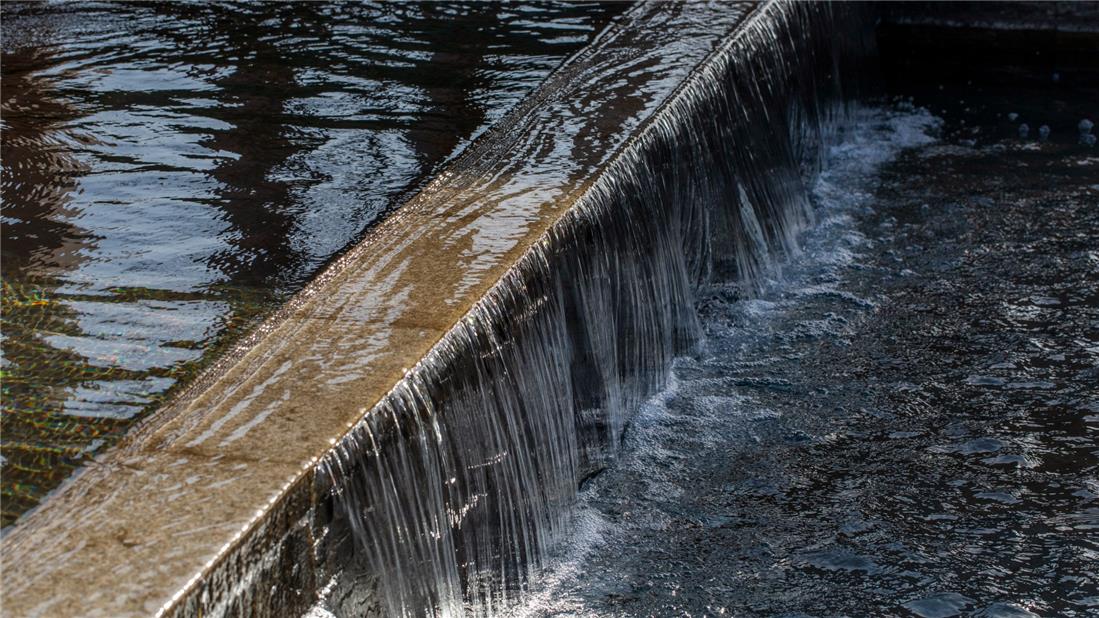
Preventing pollution linked to extreme weather events
For anticipatory and dynamic management of the resource, we deploy solutions for the continuous monitoring of natural environments and biodiversity:
- Introduction of sensors and probes connected to servers and coupled with decision-making tools
- Real-time information management, thanks in particular to all our AQUADVANCED® smart solutions (e.g. calculation of the impact of rainfall in real time on the wastewater system, the city and the water in the natural environment)
- Integration and modelling of bacteriological and meteorological data, coupled with those of the networks
- Alerting local authorities in the event of a deterioration in water quality

They trust us
Restoring the water table to regain control of the water supply in Hyères
Within the Toulon Provence Méditerranée Metropolis, the alluvial aquifer of the Bas Gapeau is threatened by saline intrusions. When underground freshwater supplies fall below a certain level, seawater rises inland and makes the water unsafe to drink.
At the request of the City of Hyères-les-Palmiers, we launched the "Aqua Renova" project aimed at improving the management of withdrawals from the territory's groundwater, and restoring the alluvial aquifer of Bas-Gapeau. This project is based on Controlled Aquifer Recharge (AMR), a technique inspired by natural processes, which consists of infiltrating fresh water at the surface during the winter, a period of high availability, in order to create a buffer zone between the aquifer and the sea.
This method, combined with optimised groundwater management via the gradient technique, makes it possible to prevent the intrusion of salt water and to ensure the city's water autonomy, even in the event of drought.
Thanks to the "Aqua Renova" project and the recharge of the water table, the city of Hyères has regained a water autonomy of 88%.
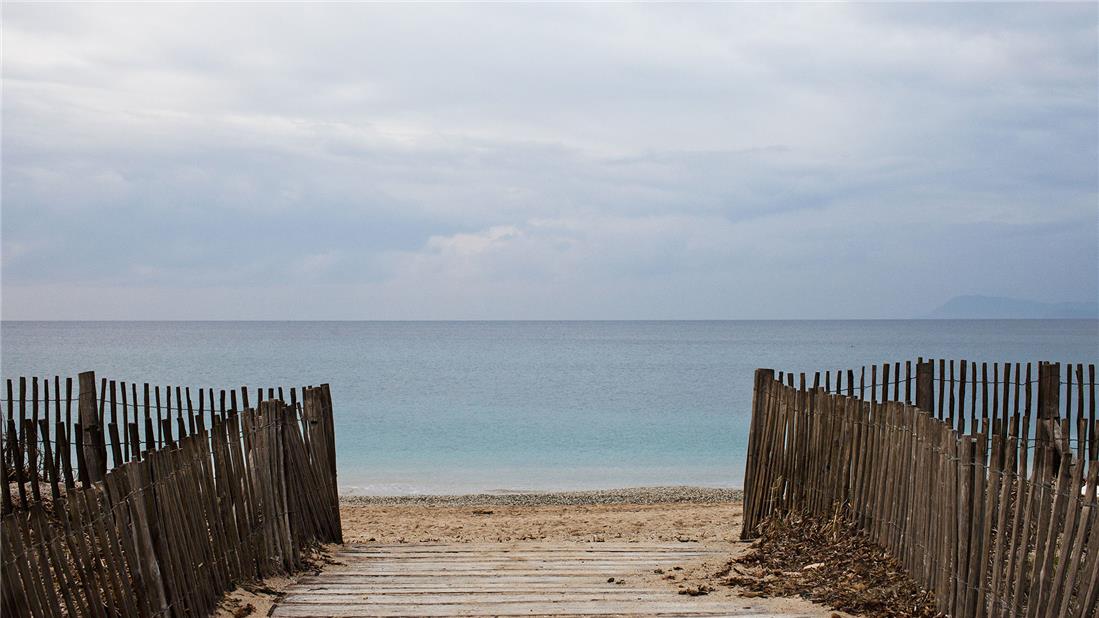
Frequently asked questions
All over the world, biodiversity is increasingly threatened. The health of humans and the health of other living things are closely linked. Hence, the need to protect ecosystems, including natural environments, to preserve the health of all.
Well-functioning ecosystems, such as coral reefs or forests, provide ecosystem services (natural water purification, pollination, etc.) and prevent the spread of infectious agents.
They offer a supply of potential drugs, mainly plants with therapeutic properties. It is therefore essential not to destroy them, by limiting the artificialisation of soils, the overexploitation of resources (overfishing, intensive agriculture, etc.) and by avoiding polluting them.
Beyond the ecological imperative, it is also an absolute necessity to preserve the economic well-being on which our lives and livelihoods depend.
Ecosystems in good condition normally help limit global warming by absorbing greenhouse gas emissions (mainly through forests and the ocean). They also make it possible to better withstand climatic hazards (limitation of the risk of flooding, drought). Weakened, ecosystems are less able to play their role as climate regulators. Some areas that used to store carbon (and thus limit the impact of greenhouse gases) are, on the contrary, becoming sources of it. This is the case, for example, with peatlands dried up by climate change, which release large quantities of greenhouse gases.
Healthy natural environments also help protect us from natural hazards increased by climate change: for example, wetlands regulate flooding by absorbing water during floods and releasing it during droughts. Mangroves or dunes serve as natural barriers against winds and coastal erosion. Trees cool the air during heat waves and prevent the risk of flooding by run-off in the city. Hedgerows protect crops from winds, while limiting the risk of erosion and flooding, etc.
- Limit the consumption of space and preserve environments (fight against land artificialisation, promote the ecological continuity of watercourses, the green and blue belts)
- Protecting ecosystems and certain emblematic and endangered species
- Enabling the transition of our production and consumption models (e.g. developing payments for environmental services)Take into account the link between health and the environment (in particular reducing the use of pesticides)
- Preserving the sea and coastline (preventing plastic pollution, creating marine protected areas, protecting coral reefs, etc.)

